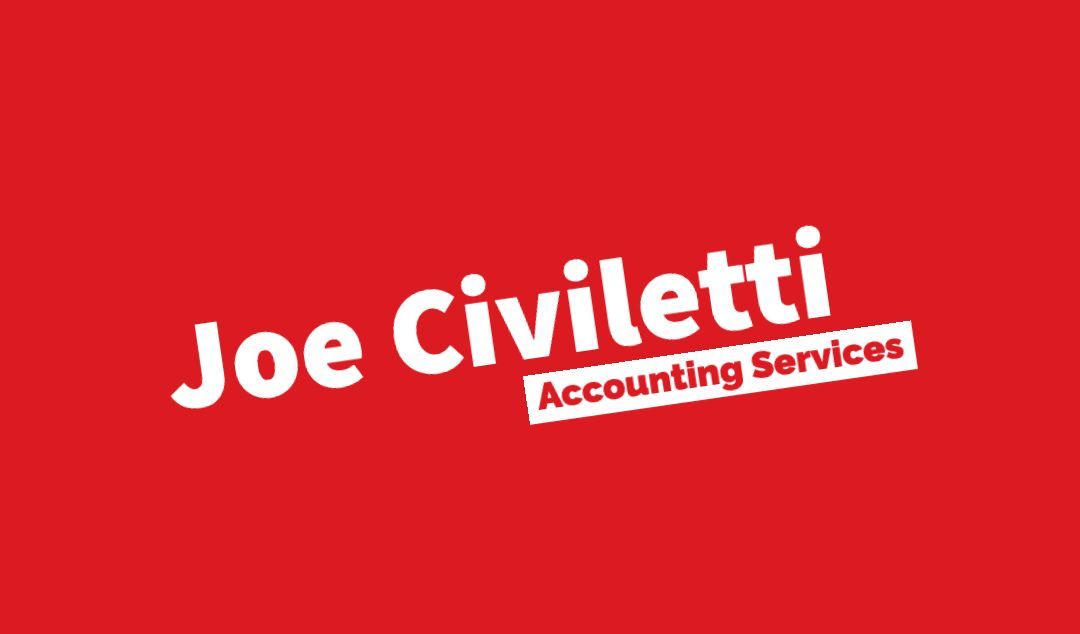Get in touch
555-555-5555
mymail@mailservice.com
Metrics for Your Business
Try these two business metrics for improving your business
Keeping track of your business is critical if you want to know which customers owe money or have outstanding estimates, or how much you owe vendors and which items you commonly buy from them. However, you should also be looking at the big picture, and business metrics and ratios can help. Most people will look at their Profit & Loss statement and not go much further, but there can be a few metrics that might just change your decision making for the better.
Inventory Turnover Ratio
What is inventory? In some sense it’s money you have tied up in products (or supplies directly related to a service) you haven’t sold yet. All businesses need some inventory, but if your P&L looks healthy yet you often feel a cash crunch, this could be why.
Example
Analyze this by taking your cost of goods sold over a 12 month period, and dividing it by the average of your inventory level over that same period. If your COGS is $250k and your average inventory is $40k, your ratio is 6.25, and if your average inventory is $70k then your ratio is 3.57. Comparing the two examples ($40k and $70k), you’ve “trapped” yourself into tying up $30k in otherwise liquid working capital that could be used for other purposes. Emergency repairs? Key equipment replacement? Outside contractor for a special job? That tied up $30k might mean the difference between cutting a check and pulling out the credit card. Another way to think of this: if your gross margin is 40% you have to wait to sell $75k over a period of 45 days before you’ve “made up” for that tied up $30k. Finally, your ratio can be translated into Days Sales of Inventory (telling you the average number of days [cost weighted] before selling something) by dividing 365 by your ratio. A 3.57 ratio improved to 6.25 will lower your DSI from 102 days before a sale to 58 days.
Of course, a higher inventory turnover ratio is ostensibly better because it avoids tying up cash, but inventory is necessary because you want products available for sale immediately, and for jobs that require supplies you don’t want to give quotes with longer timeframes. Competitors might quote the same price but they can also start much sooner.
What to Do About it
If, after analyzing your own numbers, your ratio seems high, you can then look at individual products line by line using quickbooks reporting to see which items move slowly. After updating your purchasing strategy, you can set a budget… a ratio budget. Measure your inventory turnover ratio each month for the previous three months and check to see that you’re hitting your target.
Are only a few items selling too slowly based on your turnover target? If they’re a niche product customers can’t avoid or substitute buying, maybe your price is too low. If it’s a competitive market for that product and can be purchased online at retail easily/conveniently, maybe it’s just not worth carrying.
Unit Economics
Even more core to a business than inventory, Unit Economics is the revenue minus costs directly related to some key unit of a business. This can be the revenue & costs associated with an hour of labor or billable hour, a delivery mile, individual products/orders, or an individual customer. The formula is simple: the unit’s revenue minus its costs divided by the quantity of units. What’s tricky is classifying which costs and revenues to include, and this is where a strong accounting system is needed. Does your payroll isolate admin staff pay from direct labor and billable labor? Are vendors/expenses separated so that flat fee costs and per item/use costs are in different expense accounts? Something as simple as not properly entering a sales return in QB by using the item when entering transactions can throw this off. Once ready, you can run reports that include the revenue & expenses to be included, filter by products/services, and run product/service reports all to get good revenue/expense/item count numbers.
Once you’ve calculated your unit economics, you can improve your business in a number of ways. First is the question of revenue. Do you have particular jobs or scenarios where your unit economics is too low because the related costs are unavoidably high? Perhaps your competitors are facing the same cost pressures so maybe you’re not charging enough in revenue. You may sell a little less, but you’ll also pay less in those costs and also better cover them with the revenue. Does your expense for that revenue vary widely? Maybe you should break down your revenue item into two different products at different prices.
Second is costs. Are you capturing all of your costs in your revenue/pricing? Are some items categorized as “supplies” actually kind of expensive and maybe should be billed as materials to your customers? If you’re writing an estimate for $1,200 for an exterior building repair, it might be better to express it as $500 materials, $400 equip rental, $400 service/labor. The total in the second example is $1,300, but it better shows potential customers what your rough cost breakdown is and may make the estimate seem more reasonable. Additionally, the materials cost might vary a lot from job to job so you can capture that on the revenue side, staying true to that line item’s unit economics.
Know Your Numbers
These are just a few metrics that can help your business. Once you pair them with business strategies and incorporate them into a monthly/quarterly analysis, you’ll be able to address problems that you might miss simply looking at the Profit & Loss report alone.



